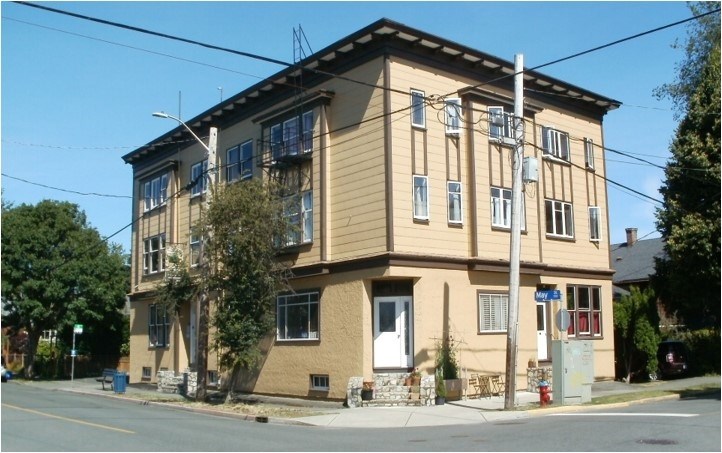Greater Victoria and southern Vancouver Island are now a bright light on the radar of institutional investors and real estate investment trusts (REITs).
Last year, more than $423 million in Greater Victoria apartment building assets changed hands, and while that’s down from the record $505 million reached in 2019, it’s still well over the five-year average of $240 million, Colliers International’s fourth quarter 2020 multi-family market report reveals.
“We have kind of been discovered by the national investment bodies, both institutional investors and REITs have started to focus on the south Island region,” said Colliers’ multi-family specialist Ken Cloak.
Of last year’s sales, 49 per cent were sold to REITs and institutional investors, 29 per cent were to private buyers and 22 per cent were sold to government agencies.
Cloak said the stability of an asset class that includes apartment buildings ranging from new builds on the West Shore to mature buildings around the core of the region and strong demand for housing have made the case for Greater Victoria as a place to park money.
“Victoria used to be classified by these [big] players as a secondary market but that is changing,” he said.
The sales included $60 million for a new 154-unit building at in the Belmont development in Langford, and $54 million for a five- year-old, 161-unit building on Craigowan Road on the Gorge waterway. But they also include the $3.7 million purchase of an updated 111-year-old, 10-suite walk-up rental building near Victoria’s Beacon Hill Park.
Cloak said the bulk of the transactions have occurred in the mature asset class — between 30 and 50 years old — which makes up about 80 per cent of the total apartment building inventory in the region.
He said older properties which have been well-maintained are being snapped up as they offer significant upside.
Many of those older buildings have long-term tenants who have relatively low rental rates, and the upside for owners is, when those tenants eventually move on, they can renovate and increase the rent significantly.
“The market rents compared to those buildings have risen significantly,” he said.
Cloak said there remains a lot of interest in the region from the usual private and institutional investors found in Western Canada, but they are now competing with national players who have been looking at Greater Victoria, Nanaimo and as far north as the Comox Valley.
He said it is near impossible to foresee if the same level of sales activity will continue this year and beyond. “But we don’t see a slowdown in the level of demand that is being exercised on a very limited supply of product.”
The report noted demand remains high on the rental side, with the region’s overall vacancy rate now at 2.2 per cent, a slight improvement over the one per cent rate recorded in the fourth quarter of 2019.
The vacancy rate has been helped by new buildings, particularly in Langford, and the pandemic’s effect on both in-migration and university attendance.
Cloak said he expects to see downward pressure on the vacancy rate when things start to normalize, especially if there are delays in bringing new rental buildings to market.



